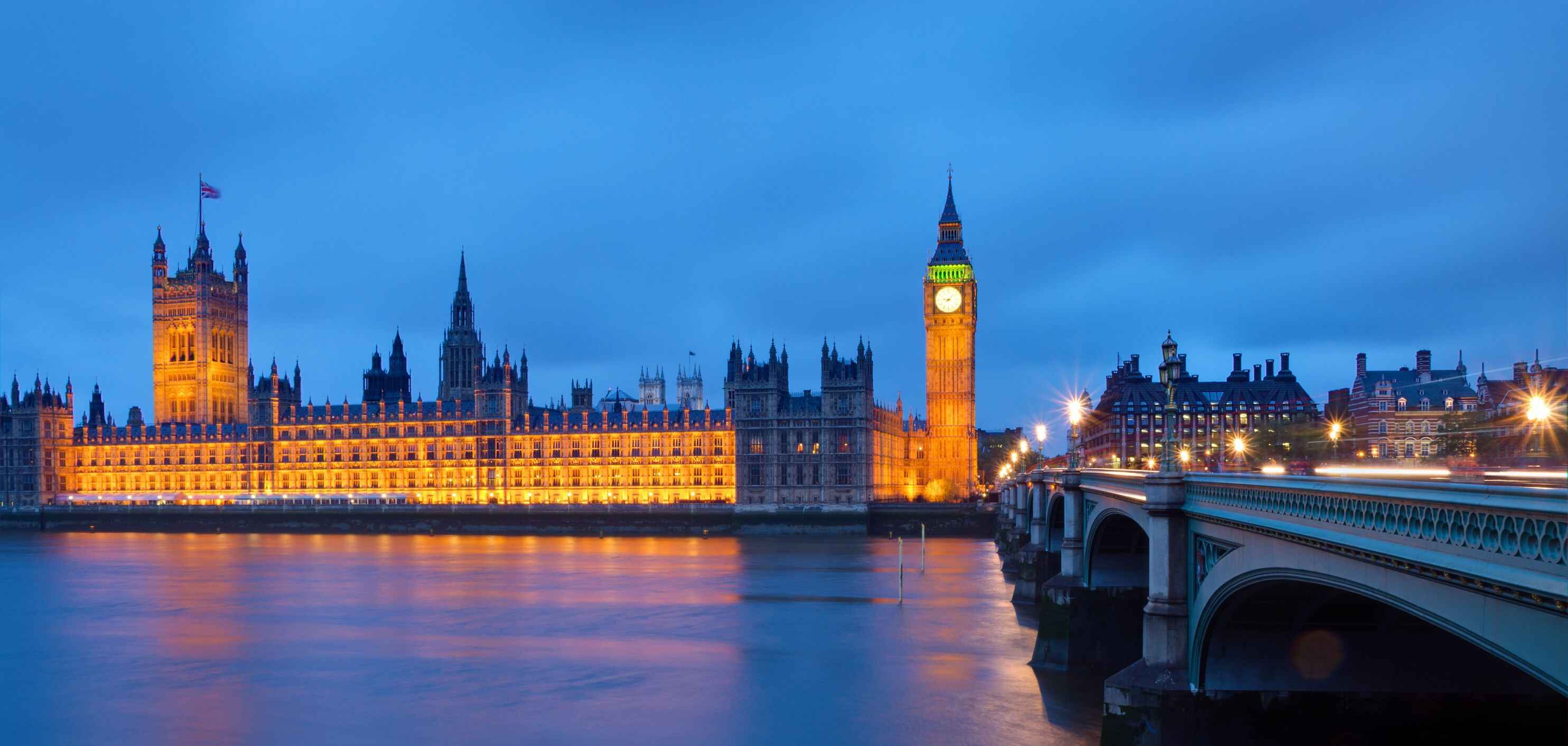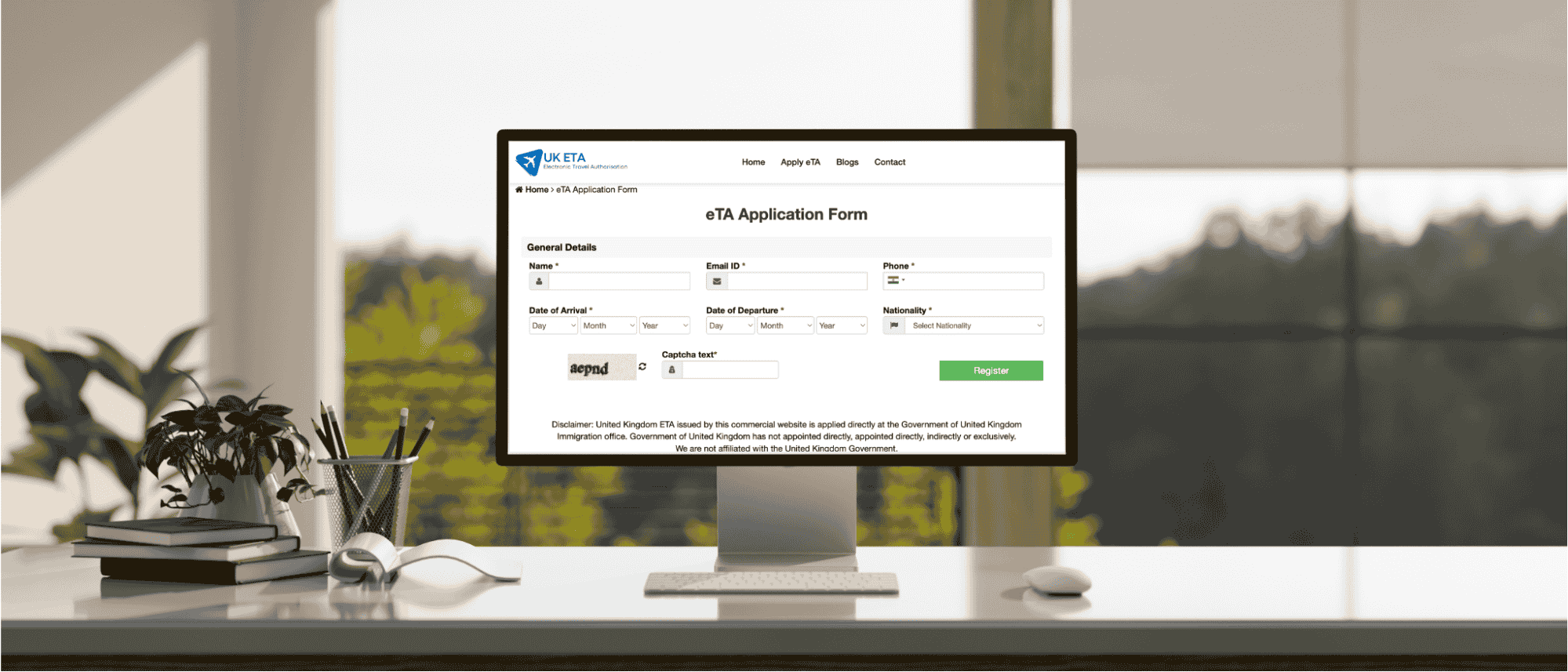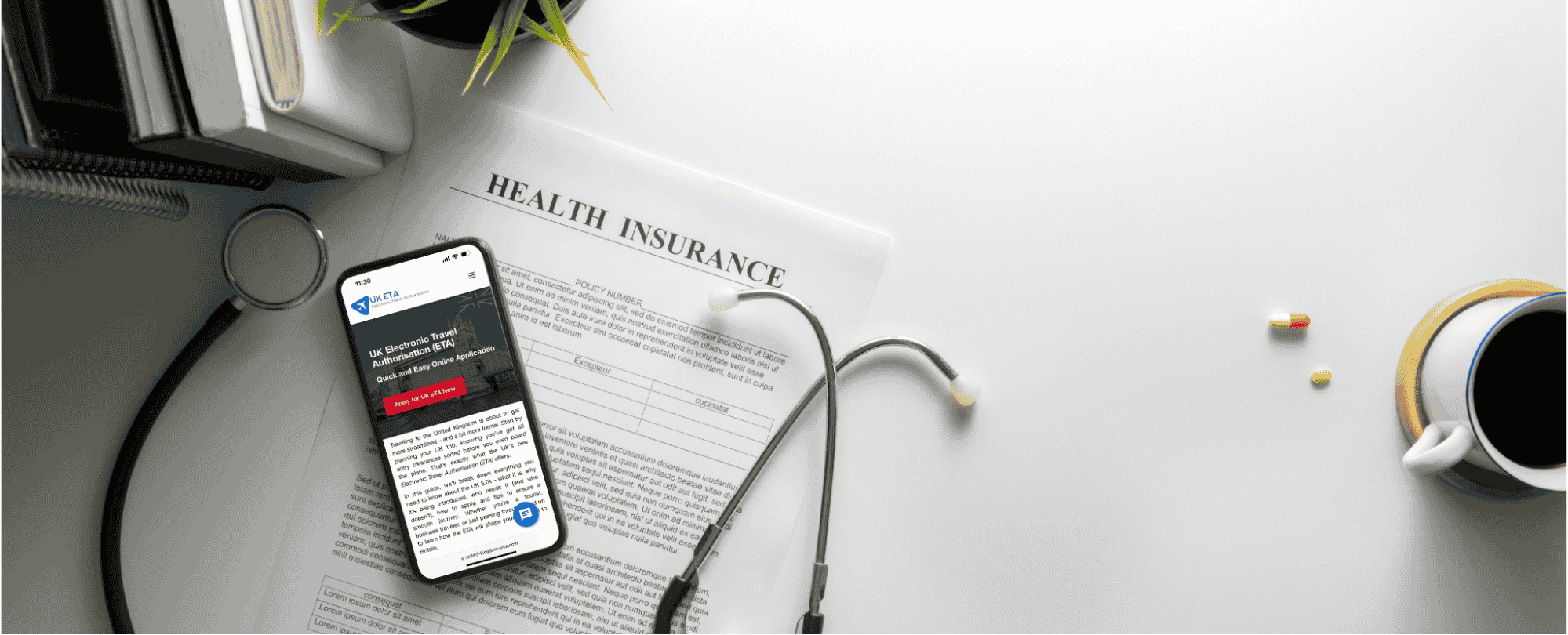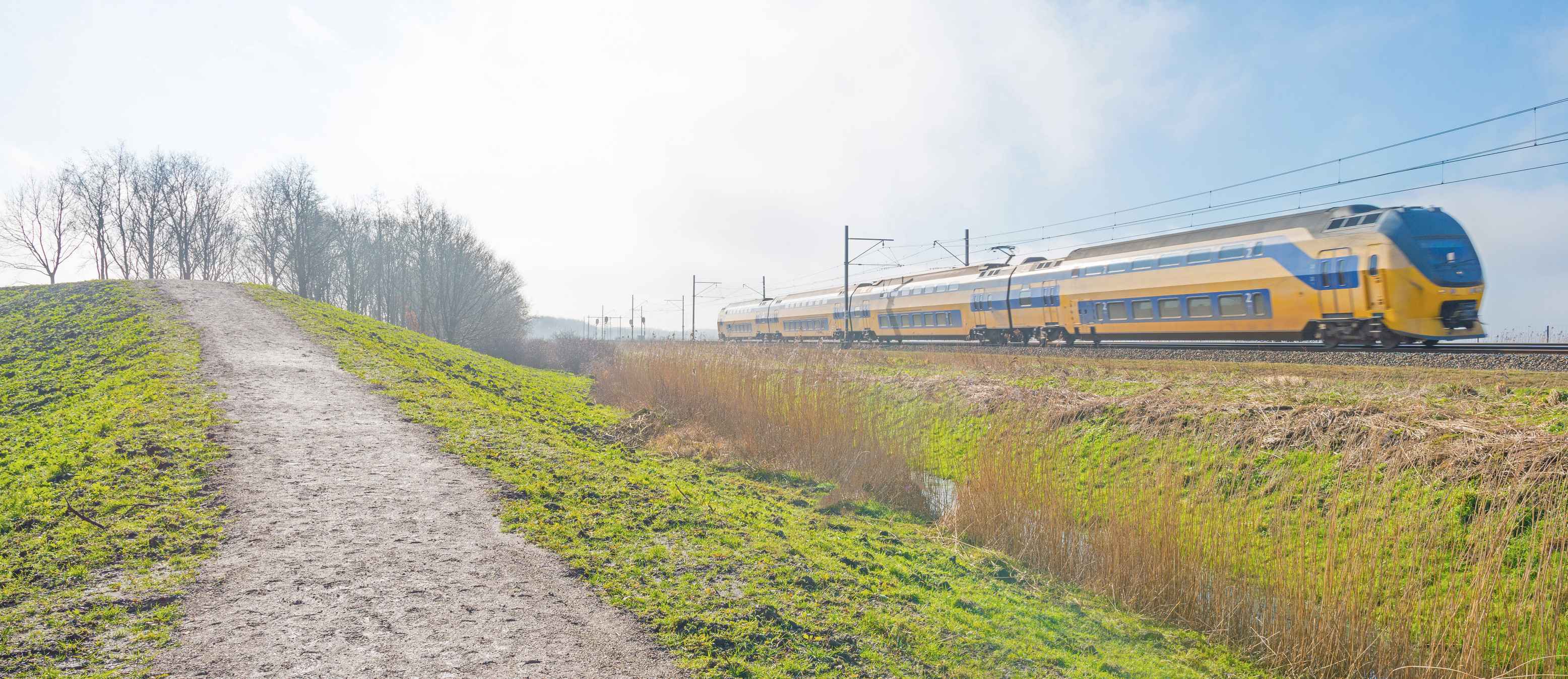UK Travel Safety Tips: What Tourists Should Know

Welcome to our corner of the internet, where UK ETA applications glide from “to‑do” to “done” before the kettle even boils. Think of us as the friendly concierge who ushers you past the velvet rope, hands you a steaming cup of English breakfast tea, and whispers the insider safety tips that locals share only with close friends. Ready? Let’s turn practical know‑how into your passport to peace of mind.
1. Your UK ETA: The First Step to Safety
The UK Electronic Travel Authorisation is far more than a bureaucratic checkbox. It is the digital key that unlocks smooth borders, shorter queues, and swift assistance should life toss a curveball.
Why the ETA Matters
- Pre‑screening power: Border Force officers already know you’re coming, so formalities shrink to a quick scan.
- Data accuracy: A valid ETA links your exact passport details to your journey, slashing identity‑error risks.
- Emergency traceability: Should a major incident occur, authorities locate and assist authorised visitors faster.
Quick ETA Checklist
- Use the same name order as your passport.
- Upload a clear, glare‑free photo.
- Pay with a card that supports 3‑D Secure to avoid payment rejection.
- Print a backup copy or store an offline PDF—airport Wi‑Fi occasionally drops.

2. Pre‑Departure Precautions: Build Your Safety Net Before You Board
Preparation is the quiet hero of every confident trip. A few thoughtful steps at home prevent frantic scrambles abroad.
Document Double‑Check
Match every letter and digit between your passport and ETA. In 2024 alone, 4 % of denied boardings on UK‑bound flights traced back to name mismatches—a headache that a sixty‑second review would have cured.
Smart Packing for Security
- Divide and conquer: Keep originals in a neck pouch, scans on cloud storage, and photocopies in a suitcase side pocket.
- Universal adaptor with surge protection: A sudden voltage spike can fry both phone and peace of mind.
- Compact first‑aid kit: Plasters, antiseptic wipes, and any personal meds with the prescription label.
- Reusable bottle: UK tap water ranks among Europe’s safest; hydrate without single‑use plastic guilt.
Insurance & Health Planning
Even with the National Health Service’s emergency safety net, overseas visitors may face fees for certain treatments. Choose a policy that covers:
- Medical care up to £2 million
- Trip cancellation for strikes or severe weather
- Gadget theft (phones top the UK’s lost‑property lists)
- Adventure activities if you fancy coasteering in Cornwall or hiking Ben Nevis

3. Arrival & the First 24 Hours: Settle In Safely
Touchdown is thrilling, yet fatigue and novelty can blur judgment. Anchor yourself with a simple plan.
Border Control Like a Pro
Have your passport open to the photo page and your ETA QR code bright on your phone. Remove hats and glasses; a clear face equals a swift eGate smile.
Cash, Card, or Contactless?
Britain taps to pay. Ninety‑seven percent of urban transactions under £100 now happen via contactless cards or phones. Still, tuck a single £20 note in your wallet for rural honesty boxes, vintage markets, or the occasional card‑machine outage.
Jet‑Lag & Orientation Hacks
- Move within an hour of landing: A brisk terminal walk restarts circulation.
- Natural light therapy: London’s latitude means summer sunsets linger past 9 p.m.; let daylight reset your clock.
- Twenty‑minute power nap: Longer naps risk grogginess that pick‑pockets love.
First‑Night Safety Micro‑Checklist
- Photograph your accommodation’s exterior and door code.
- Locate the nearest 24‑hour shop or pharmacy.
- Add local taxi numbers to your phone—apps sometimes surge‑price late at night.
4. Moving Around Safely: Trains, Roads, and Pavements
Britain’s transport network is dense, punctual (most days), and layered with safety features. A little local know‑how keeps you on the front foot.
Public Transport Confidence
- Trains & Underground: Stay behind the yellow line, mind the gap, and know that every carriage hosts CCTV. The Night Tube on Fridays and Saturdays is patrolled by both staff and British Transport Police.
- Buses & Coaches: London’s red buses no longer accept cash. Tap your card on boarding; daily caps mean you never overpay. Sit near the driver after dark in quiet towns.
- Trams & Light Rail: In Manchester, Sheffield, and Croydon, tram stops feature well‑lit help points. Press the button at the first sign of discomfort.
Driving on the Left—A Quick Survival Guide
- Book an automatic: wrestling a manual gearbox while recalibrating to left‑side driving is a recipe for stalling stress.
- Roundabout rules: give way to traffic from the right; signal clearly on exit.
- Speed cameras abound—fines follow visitors home via rental agencies.
- Country lanes narrow fast; pull into passing places rather than forcing oncoming cars to reverse.
Walking & Cycling
Britain is a pedestrian’s dream, yet surprises lurk.
- Look right, then left: Vehicles approach from the opposite direction to most of the planet.
- Zebra crossings: Drivers must stop once a foot steps onto the stripes—make eye contact first.
- Cycle lanes: Increasing but inconsistent. Wear reflective gear; drizzle dims drivers’ vision.
- Canal paths: Gorgeous but slippery. Avoid phone distraction near the water’s edge.

5. Shield Your Pixels: Digital Security on British Wi‑Fi
Free café Wi‑Fi is a modern miracle—and a hacker’s hunting ground. Guard your data like your passport.
Public Wi‑Fi Rules of Engagement
- VPN always on before entering passwords or card numbers.
- Forget the network when you leave; auto‑reconnection bypasses login portals that screen threats.
- HTTPS‑only browsing: The padlock icon is your digital moat.
Device Protection Basics
- Enable two‑factor authentication for banking and social media.
- Activate “Find My Phone” services; police can help only if tracking is switched on.
- Carry a pocket‑sized power bank. A dead phone can’t call 999.
6. Health & Emergency Preparedness: Know the Numbers, Know the Norms
Emergencies are rare, but speed matters when they strike.
NHS, 999, and 111 Explained
- 999 (or 112) connects you to police, fire, or ambulance—free, any network.
- 111 offers 24‑hour non‑urgent medical advice; expect a trained nurse or paramedic on the line.
- Average ambulance response in English cities: just under nine minutes for life‑threatening calls.
Pharmacy Power & Medication Management
UK pharmacists do far more than dispense pills. For minor ailments—sprained ankles on the Cotswold Way, hay fever in peak pollen season—they are your swiftest route to relief. Bring the original prescription or a clear photo if you need replacements.
Mental Well‑Being on the Move
Jet lag, unfamiliar food, and constant novelty can fray nerves. The Samaritans helpline (116 123) listens 24/7, free from any UK phone.

7. Cultural Awareness & Personal Safety: Blend In, Stand Out for the Right Reasons
Respecting local habits is a stealthy safety strategy. When you look comfortable, opportunists look elsewhere.
Urban Street‑Smarts
- Bag positioning: Keep zips inward and straps across the body in markets such as Portobello or Borough.
- Night transport: Licensed black cabs display a backlit badge; ride‑share cars show matching number plates and app photos.
- Contactless charity scams: Genuine fund‑raisers wear clearly printed ID; never tap your card on an unverified phone.
Rural Courtesy & Caution
- Close gates behind you: Livestock escape leads to angry farmers and potential fines.
- Stick to marked footpaths: Trespass laws are mild, but crop damage claims are hefty.
- Signal dead zones: Download offline Ordnance Survey maps before entering national parks.
Pub & Nightlife Etiquette
- Order at the bar, pay immediately; table service is rare outside gastro‑pubs.
- Take your glass back when you leave—it’s both polite and theft prevention.
- Accepting a round? Reciprocate next time; walking away breaks an unwritten code and can invite social friction.
8. Weather & Seasonal Sensibility: Pack for Four Seasons in a Day
Britain’s skies love drama. Sunshine at breakfast, sideways rain by lunch, postcard sunset at tea‑time—prepare, and you’ll revel in it.
Winter Wisdom (November – March)
- Layer strategy: Base layer wicks sweat, mid‑layer traps warmth, outer shell blocks wind.
- Black ice alert: Pavements may look merely damp. Walk with shorter steps; use handrails on Tube stairs.
- Rail disruptions: Snow rarely lies deep, yet one inch can delay trains. Download the National Rail app for live updates.
Summer Savvy (June – August)
- Sun protection: UV levels spike during heatwaves; SPF 30 is the new black umbrella.
- Hydration: Carry that refillable bottle; free taps appear in every UK airport and most major stations.
- Festival finesse: Large events like Glastonbury operate bag searches and drug‑detection dogs—know the rules before you queue.

9. Conclusion: Your Safety Symphony, Conducted with Ease
A secure journey is no accident; it is the melody that emerges when preparation, awareness, and a dash of local insight play in harmony. Your UK ETA is the opening chord—clean, bright, and reassuring. Each safety step you take before departure, on arrival, and throughout your travels adds another instrument: the steady rhythm of up‑to‑date health info, the mellow brass of cultural courtesy, the crisp percussion of digital vigilance. Together they create a score that lets you dance through castle corridors, market alleys, and misty fells with unhurried joy.
And remember, our team stands backstage, ready to tune that first chord. Apply for your UK ETA, keep this guide within thumb’s reach, and let Britain unfold like the greatest live performance of your life—safe, spirited, and utterly unforgettable.
Frequently Asked Questions
- Do I need a UK ETA if I hold an Irish passport?
No. Irish citizens travel under Common Travel Area rules and are ETA‑exempt.
- How early should I apply for my ETA?
Apply at least 6 Days before boarding, though submitting a week ahead gives breathing space for any clarifications.
- Is London safe at night?
Yes, especially in well‑lit central zones. Stick to busy streets, licensed taxis, and avoid empty Underground carriages after midnight.
- Will my US driver’s licence work?
For visits under 12 months, yes. An International Driving Permit smooths car‑hire paperwork and helps if police request ID.
- Can I drink tap water across the UK?
Absolutely. UK tap water meets strict safety standards nationwide—fill up and go.
Content Disclaimer: This content was refreshed in April 2025. Please confirm all travel details with the UK embassies, agencies, and airlines for complete accuracy.
Steps to Secure Your eTA for the United Kingdom
- Step1: Complete the online application form by entering your passport details and required personal information.
- Step2: Make the payment securely online using a credit or debit card.
- Step3: Check your email for the payment confirmation and receive your eTA electronically.
